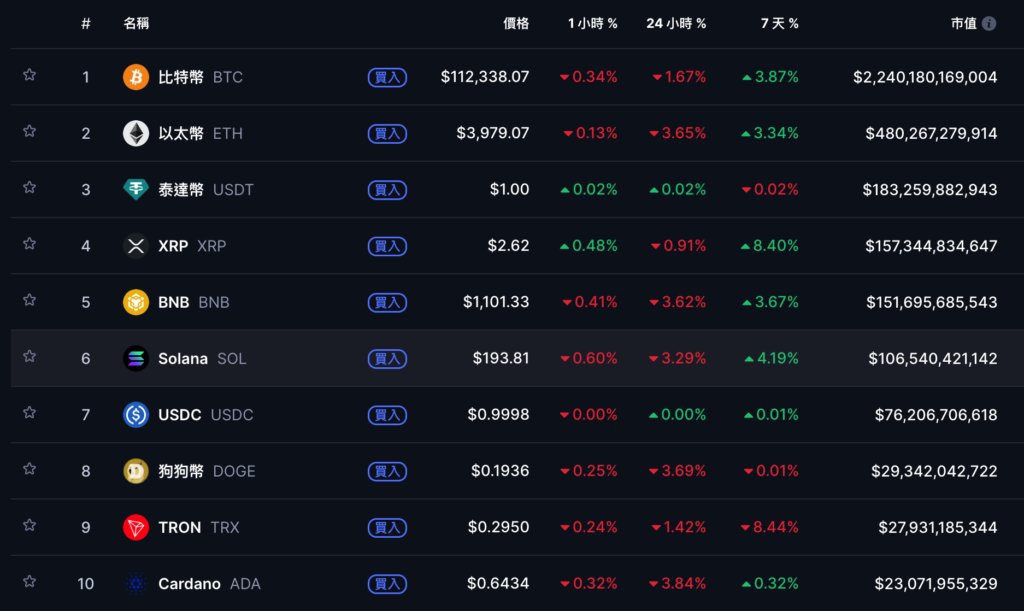Western Union announced the adoption of Solana as its stablecoin blockchain and the issuance of USDPT as its primary circulating token.
A major change has occurred at the 175-year-old remittance leader. In fall 2025, Western Union announced it will launch USDPT—a stablecoin pegged 1:1 to the US dollar—on the Solana blockchain, with issuance and oversight managed by Anchorage Digital Bank. This news has prompted a global rethink of the future of cross-border payments.
From Hesitation to Transformation: Legal Catalysts Redefine Strategy
Western Union historically kept its distance from crypto assets due to volatility and unclear regulation. The turning point came in July 2025, when US President Trump signed the GENIUS Act, establishing clear federal rules for stablecoins for the first time. Speaking at Money 20/20 USA, CEO Devin McGranahan said,
“The Act has reduced volatility and compliance risks, enabling us to bring stablecoins into mainstream remittances.”
According to the US Treasury, the stablecoin market cap was approximately $311.5 billion in April 2025 and is projected to balloon to $2 trillion by 2028. Western Union is determined not to miss this opportunity.
Why Solana? Speed, Cost, and Scale as Key Factors
After evaluating several public blockchains, the team chose Solana as the foundation for USDPT. Its high throughput, low transaction fees, and scalable architecture are all critical for institutional needs. Solana processes transactions at a fraction of a dollar, with block confirmations occurring within seconds—much faster than settlement times that take several days in traditional remittances. Western Union also announced plans to build a digital asset network linking its global cash-out channels for 150 million users, enabling instant conversion from digital currency to fiat.
Chain Reaction: Cross-Border Payments Enter a New Era
Slow speeds, high fees, and opaque processes have long plagued cross-border remittances. With the rollout of USDPT, the industry expects that “faster, cheaper, and more transparent” will become the new benchmarks for competition. Zelle’s parent company has already revealed stablecoin initiatives, and rival MoneyGram is rolling out USDC wallets in Colombia this September, with further expansion underway. As traditional giants pivot, stablecoins are evolving from crypto payment experiments into critical infrastructure for mainstream finance.
Outlook and Challenges: The Irreversible Path of Integration
Western Union’s move marks a significant integration of legacy finance and blockchain, though hurdles remain. Users must learn to operate digital wallets, the technology must prove its security in real-world trials, and regulations may continue to evolve. Nevertheless, Anchorage Digital Bank’s regulatory compliance oversight offers a safety net for USDPT, while Western Union’s trusted brand could spur wider institutional adoption.
In summary, the GENIUS Act opens the door for compliance, Solana provides the technology platform, and Western Union brings its vast user base and cash-out infrastructure. Together, these three forces could establish USDPT as a new solution for cross-border payments. As digital assets and fiat become rapidly exchangeable, this may signal a shift to a new financial norm.

Disclaimer:
- This article is republished from [blocktempo]. Copyright belongs to the original author [Mr.POW阿炮哥]. If you have any concerns about this republication, please contact the Gate Learn team. The team will promptly address the issue in accordance with relevant procedures.
- The views and opinions expressed in this article are solely those of the author and do not constitute investment advice.
- Other language versions of this article have been translated by the Gate Learn team. Copying, distributing, or plagiarizing the translated article is prohibited unless Gate is explicitly credited as the source.
Related Articles

In-depth Explanation of Yala: Building a Modular DeFi Yield Aggregator with $YU Stablecoin as a Medium

What is Stablecoin?

How To Claim The Jupiter Airdrop: A Step-By-Step Guide

Solana Staking Simplified: A Complete Guide to SOL Staking

Introduction to Raydium


